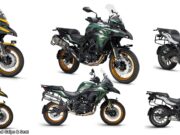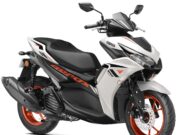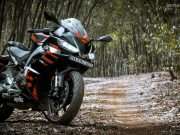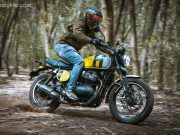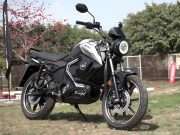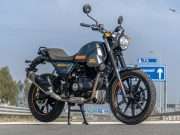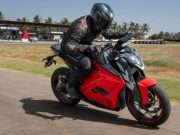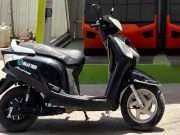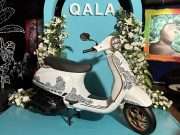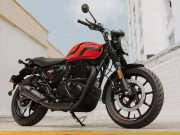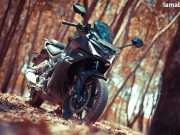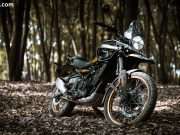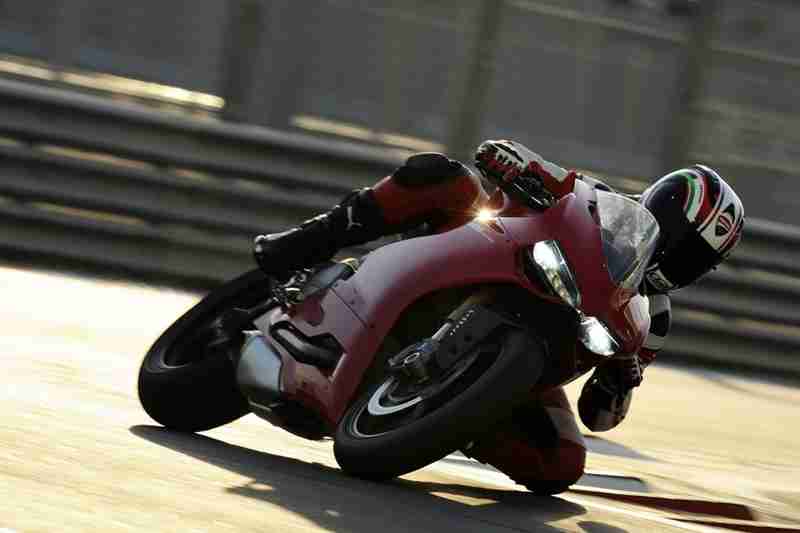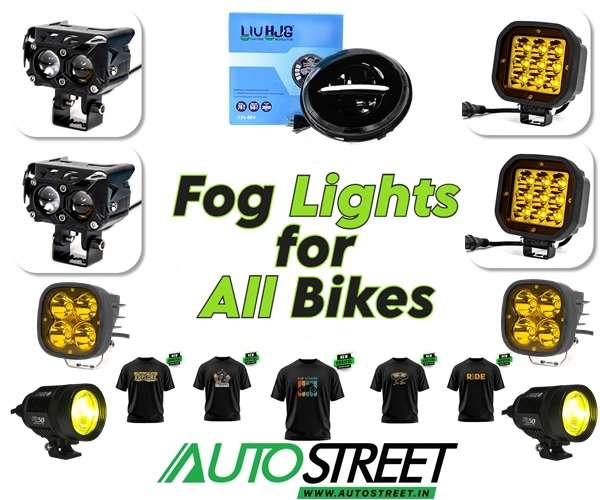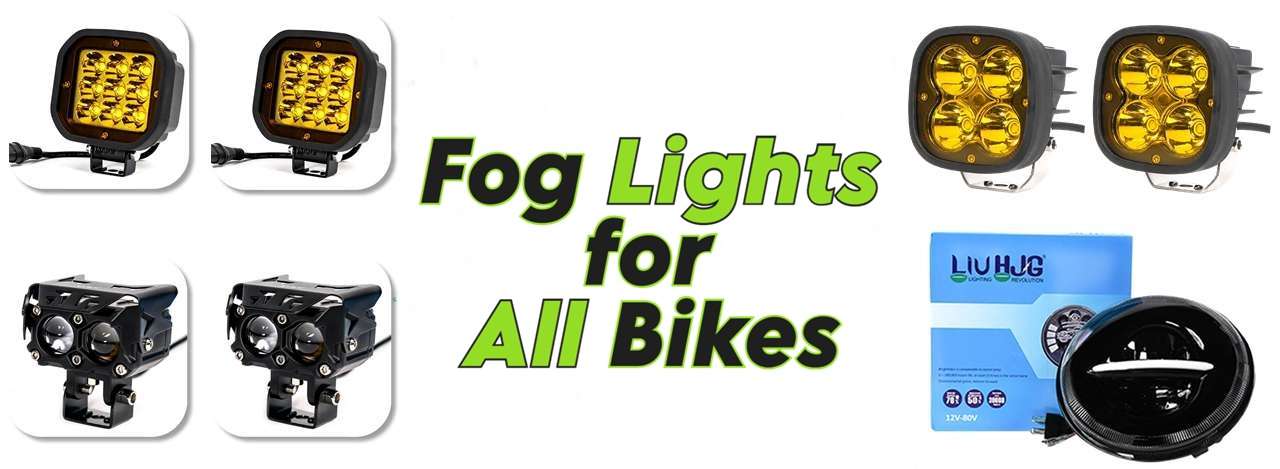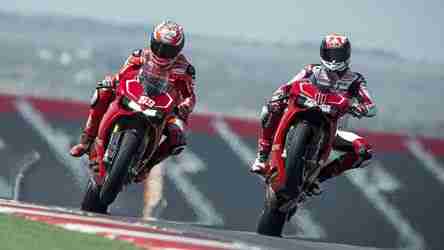
Ducati have now officially introduced the 1199 Panigale superbike, at the Yas Marina Circuit in Abu Dhabi. Three versions of the bike are available — the regular 1199 Panigale, the Panigale S and the Panigale S Tricolore. With an amazing 195 horsepower at 10,750rpm and 132Nm of torque at 9,000rpm from its 1,198cc ‘Superquadro’ L-twin, an all-new monocoque chassis and a dry weight of 164 kilos (wet weight is 188kg), the Panigale is the most advanced superbike ever produced by Ducati and the Italian company is rightfully proud of the mighty machine.
The Panigale also builds on the earlier 1198’s electronics, with the latest-generation sports ABS, Ducati Traction Control (DTC), Ducati Electronic Suspension (DES), Ducati Quick-Shift (DQS), Engine Brake Control (EBC) and Ride-by-Wire (RbW). All of these are programmed into one seamless rider assistance system, with all sub-systems working in tandem to ensure the bike goes and stops as hard as possible at all times. According to Ducati, the Panigale’s monocoque chassis, which is made of die-cast aluminium and which uses the engine as a stressed member, is a key factor in keeping the bike’s weight down. ‘Developed in the super-competitive racing environment, the 1199 Panigale’s chassis represents a courageous step forward in motorcycle design, merging multiple parts into one compact and lightweight component, while re-evaluating rider posture with a revised ergonomic triangle,’ claim Ducati.
Compared with the 1198, the Panigale’s single-sided swingarm is 39mm longer — the wheelbase is now 1,437mm and weight distribution is 52%/48% front/rear. The bike gets a new, compact exhaust system that is located below the engine and suspension components on the standard 1199 Panigale include fully adjustable 50mm Marzocchi USD forks and fully adjustable Sachs monoshock. The Panigale S and Tricolore are equipped with Ducati Electronic Suspension (DES), which comes from Öhlins. These bikes’ 43mm Öhlins NIX30 forks are electronically adjustable for compression and rebound damping, while spring preload adjustment is manual. A fully adjustable TTX36 rear shock and an adjustable steering damper complete the Öhlins package. And it really is one of the most advanced suspension setups available on a production motorcycle, with DES allowing riders to either choose from pre-set Riding Modes (which have been developed by Ducati test riders and racers), or in independent mode, which allows riders to use their own personal settings, which they can save for future use.
The Panigale’s brakes are also top-of-the-line, with twin 330mm semi-floating discs and radial-mount Brembo monobloc M50 four-piston calipers at the front, and single 245mm disc with dual-piston calipers at the back. ABS, powered by the latest generation Bosch 9ME processor, is optional on the Panigale and the Panigale S and standard on the Tricolore. The sports-oriented ABS works in tandem with the Panigale’s different riding modes (Race, Sport and Wet) and varies its intervention accordingly. It can also be deactivated completely via the instrumentation control panel, if the rider chooses not to use the ABS function.
The Panigale rolls on 10-spoke 17-inch wheels while the S and Tricolore versions get three-spoke wheels from Marchesini. All are shod with Pirelli Diablo Supercorsa SP tyres, which are road-going race replicas of the official World Superstock 1000 tyres. Sizes are 120/70 ZR17 (front) and 200/55 x ZR17 (rear), the latter being the widest rear tyre ever fitted to a production Ducati superbike. You’ll probably agree, all of the above is pretty impressive — Ducati do seem to have rocked the world of superbikes again by building the lightest, most powerful and most tricked-out production bike ever produced anywhere in the world. Overshadowing the BMW S1000RR and the Aprilia RSV4 Factory, the 1199 Panigale S Tricolore is the now officially the motorcycle which all go-faster speed merchants will aspire to owning.


